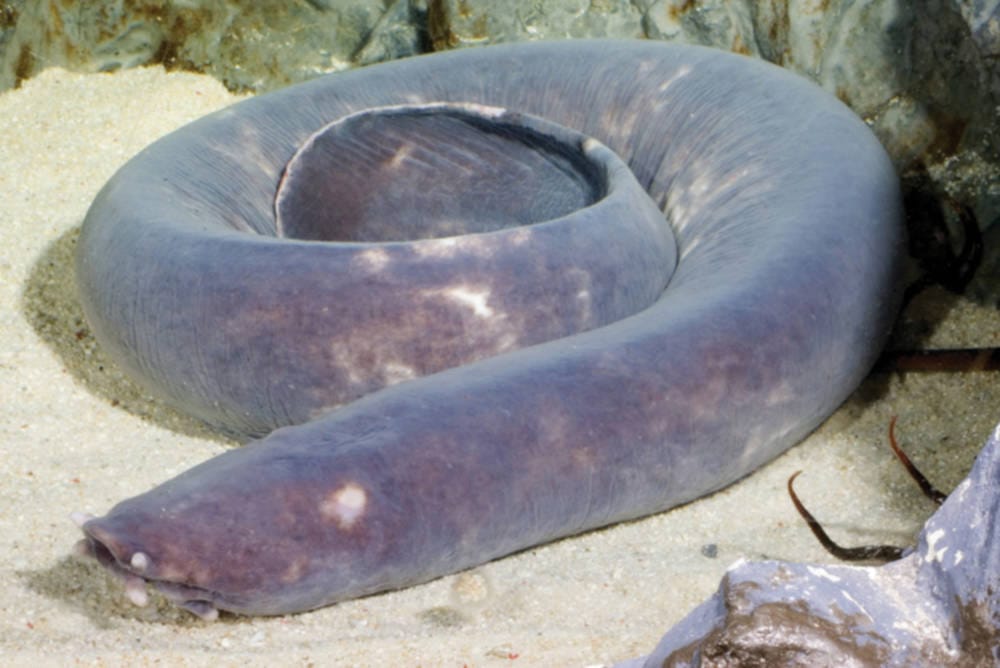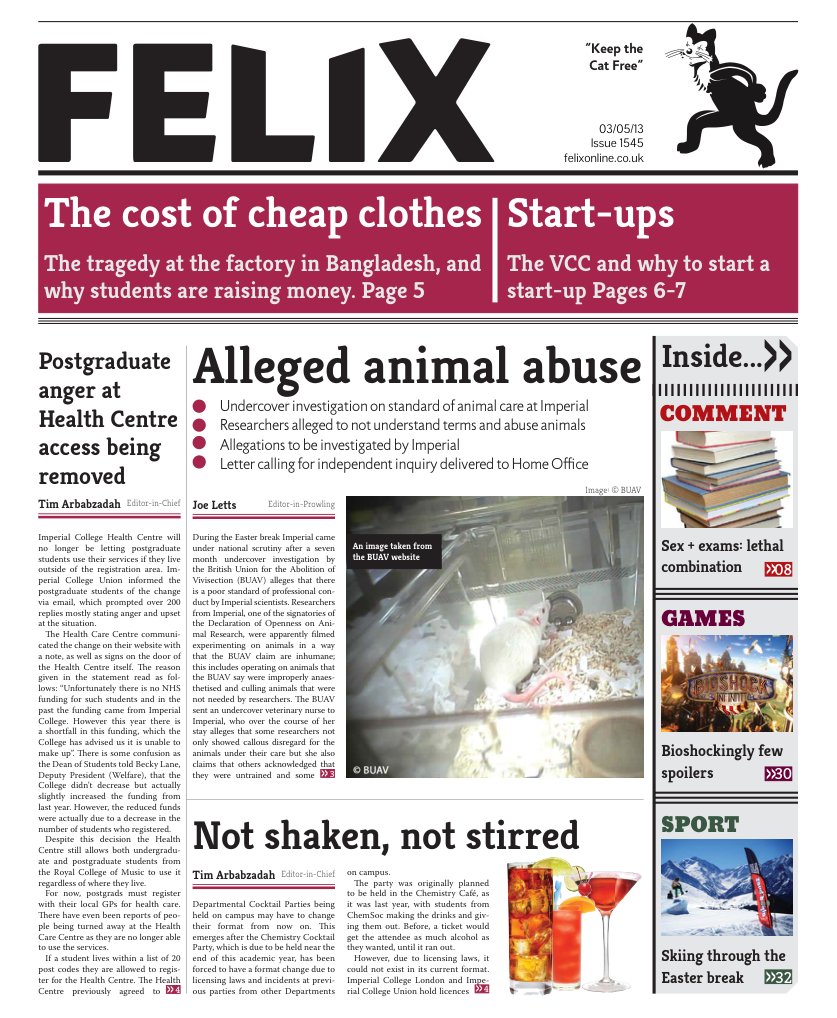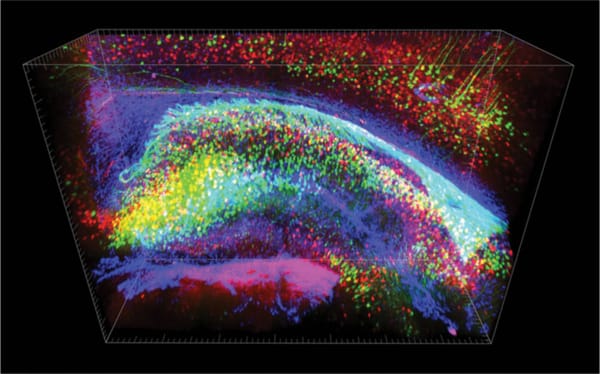The slimy world of Hagfish Haute Couture
Lucy Hagger goes all haute couture

Clothes are important to anyone; whether you’re an avid fashionista or more of the practical sort, we all need clothes. However, the materials making up our clothes may be straying from the ordinary to the extraordinary in the not so distant future. The new source of the fabric for your brand new dress or coat could be swimming at the deep, dark depths of our ocean floor.
The majority of the fabrics we rely on today are oil-based polymers, which basically means that the materials are petroleum based. With our ever decreasing supplies of petroleum the demand for alternatives to these products is high... enter the hagfish.
Research led by Atsuko Negishi at the University of Guelph in Canada has suggested that hagfish slime could be used to create a super stretchy, lycra-like fabric.
The team managed to collect this slime from the hagfish and realised that it could be treated and then spun into threads much like silk.
This does seem a bit odd and gruesome, but it really is very logical to put these materials that nature provides to good use.
Hagfish are ancient, bottom-dwelling animals that have been around for over 300 million years. If you’ve done some evolutionary biology in your time, you should definitely remember these weird and slimey creatures. It has been known for some time that when these strange, eel-like animals are approached or attacked they release copious amounts of sticky slime as a deterrent.
The slime contains mucous and huge amounts of certain protein fibers belonging to the family intermediate filaments. These filaments are great for making fabrics as they can be deformed and stretched to shapes and sizes very different to their original form.
But don’t go rushing out to the nearest high street for the latest fashion in hagfish slime. The researchers aren’t quite ready to produce full on items of clothing, but they intend to pursue this concept further to hopefully create the basis for more environmentally friendly fabrics of the future.








